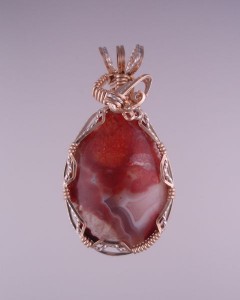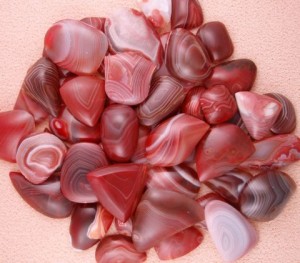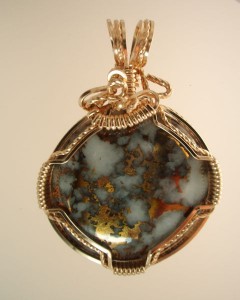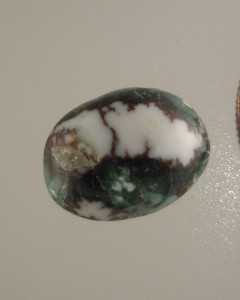Everyone enjoys the classic “candy striper” Lake Superior Agate, but lately I have seen a trend toward the unusual, atypical Lake Superior Agates. “Lakers” are my favorite type of agate, mainly because I enjoy finding them or purchasing special ones from other collectors.
When I say “unusual”, I include unique colors and patterns as well as rare types of lakers. Lately I’ve been cutting some of the best lakers I’ve ever seen. Generally agates of this quality are not available on the market. They are crack free with the best patterns possible. They will make class “A” jewelry that my customers expect. I really had fun cutting these stones and am having more fun making jewelry from them. I have recently posted a quantity of special pendants made from these agates on this website. Look for the new stuff in the Lake Superior Pendant folder. Or of course you can do a search for Lake Superior Agates and it will bring up anything we have with Lakers.
Lately I’ve been cutting some of the best lakers I’ve ever seen. Generally agates of this quality are not available on the market. They are crack free with the best patterns possible. They will make class “A” jewelry that my customers expect. I really had fun cutting these stones and am having more fun making jewelry from them. I have recently posted a quantity of special pendants made from these agates on this website. Look for the new stuff in the Lake Superior Pendant folder. Or of course you can do a search for Lake Superior Agates and it will bring up anything we have with Lakers.
Recently I heard from Kathy Jo who had just purchased an agate pendant that she had been admiring. She wrote: ” I just received my Lake Superior agate pendant–it is just amazing, your jewelry is just beautiful, thank you… I was very excited to see your Lake Superior agates were not all red, white, orange, tan. The agates I find … are white, gray, hints of blue and pink.” Thanks Kathy Jo, I also like the variety of colors and patterns that are found in Lakers.
As you know I NEVER enhance or retouch my jewelry photos, but because my jewelry is photographed with indirect lighting it looses some of its’ sparkle in favor of detail. When you receive a piece of Snob Appeal Jewelry you can always expect it to look better then the photo on the website.
My goal is to post at least another dozen Lake Superior Agate pendants in the next few weeks. What a great Christmas gift for the agate-loving woman.
Here is a photo of some of the fantastic agates I’ve cut recently. Some are sold already, some are posted, and most have not been made into jewelry yet. If you like any of these agate cabochons let me know. If you’re lucky it will still be available.
I’ve cut recently. Some are sold already, some are posted, and most have not been made into jewelry yet. If you like any of these agate cabochons let me know. If you’re lucky it will still be available.











 based on a design I found in one of
based on a design I found in one of  I may someday make another dragonfly similar to Jeane’s, but for now she has the only one. Thanks for the great idea Jeane!
I may someday make another dragonfly similar to Jeane’s, but for now she has the only one. Thanks for the great idea Jeane!

 is unquestionably one of the rare minerals of earth.
is unquestionably one of the rare minerals of earth.




